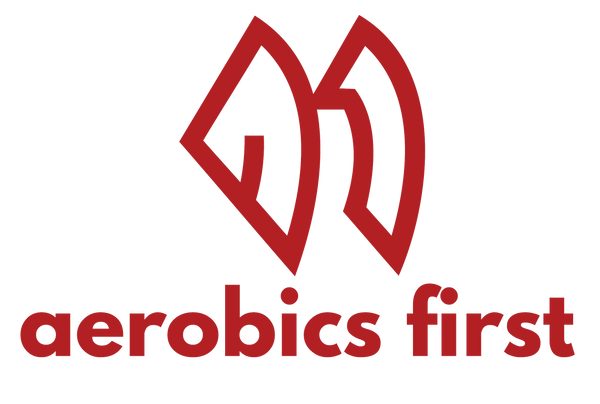Let's Welcome Our Winters - How Winter Changes Our Exercise and Running Routines Outdoors
Canadian winters, with their snow-covered landscapes and freezing temperatures, encourage us to slow down, reflect, and restore. While beautiful, these icy conditions bring unique challenges, requiring preparation and resilience to stay active outdoors.
From navigating slippery sidewalks to shoveling snow, winter tasks demand extra care. Even seasoned Canadians can benefit from refreshing their safety and prevention strategies. For outdoor enthusiasts, the temptation to hibernate indoors is strong, but the rewards of staying active during winter are undeniable.
Running outdoors in Canada’s winters means facing frosty air, runny noses, and cold hands. However, with advancements in winter gear and an improved understanding of cold-weather exercise, winter running has become both safer and more enjoyable. Outdoor physical activity during the colder months not only enhances fitness but also supports overall health, aids in weight management, and reduces the risk of illness.
Shorter days mean less daylight, making early morning and evening runs darker and riskier. Staying visible is just as important as staying warm. Reflective or light-up gear, like the Nitevest Safety LED Reflective Vest, helps ensure you're seen by drivers, cyclists, and fellow pedestrians. Prioritizing safety with the right gear allows you to embrace the beauty and challenges of Canada’s winters while keeping your fitness journey on track, no matter how harsh the season.
How to still get through it using the right equipment and/or steps.
For Canadian runners, winter running can be invigorating, but it requires the right preparation. Here’s a guide to help you stay comfortable, safe, and motivated during cold-weather runs.
Key Tips for Winter Running
- Avoid Cotton and Down: Cotton absorbs moisture and stays wet, leading to discomfort and chafing. Down loses its insulating properties when wet and is bulky. Opt for elastane, nylon, polyester, or merino wool for breathable, moisture-wicking insulation.
- Layer Strategically: Layer Up, Keep Warm! Maintaining a comfortable temperature is key—being too cold can make a run feel much harder. It’s also important to have breathable layers that you can shed as you warm up, to prevent sweat from freezing when you pause.
-
- Base Layer: Use moisture-wicking fabrics (e.g., polyester or elastane) to keep sweat off your skin.
-
- Mid Layer: Add fleece jackets, thermal shirts, or vests for insulation. Vests are great for warming the core while allowing arm mobility.
-
- Outer Layer: A breathable, wind-resistant running jacket is essential to shield against elements. Opt for reflective designs for visibility during early or late runs. For extra warmth and comfort, check out our On Weather Insulated Jackets.
These jackets provide the perfect combination of insulation and breathability to keep you warm and dry on those chilly runs.
- Pants and Tights: Choose snug, insulated tights or pants that balance warmth with mobility. For extreme cold, layer leggings under joggers.
Essential Winter Accessories
- Protect Your Eyes: Sunglasses prevent glare from snow.
- Head and Neck Protection: Use breathable headbands, beanies, and gaiters to shield against wind and retain warmth.
- Protect Your Face: Windburn can be a serious issue when running in the winter. Cover up with a neck gaiter or even anti-chafe salve to form a protective barrier against the harsh elements. For face and neck protection, consider the following:
- Hands and Feet: Insulated gloves or mittens and moisture-wicking socks (e.g., merino wool) keep extremities warm. Long socks add extra coverage.
Footwear and Hydration
- Shoes: Winter-specific running shoes with high-traction outsoles and water-resistant uppers provide grip and keep feet dry on wet, icy trails. For added traction on slippery roads, consider investing in ice spikes or shoes with deeper lugs and grippier rubber.
- Hydration: Cold weather can mask dehydration, making it easy to forget to hydrate. But even in the winter, it’s important to drink fluids. On particularly cold days, when it might be tough to take water during your run, be sure to hydrate a little extra before and after.
With the right gear and preparation, winter running in Canada becomes an enjoyable way to stay active and embrace the season. Aerobics First can help you find the perfect gear for your next run!
What Aerobics first has to help with it.
At Aerobics First, we’ve spent over 40 years helping Canadians embrace the joys of movement—no matter the season. Located in the heart of Halifax, we’re more than just a store; we’re a community hub where fitness enthusiasts find support, expert guidance, and the best gear to tackle Canadian winters head-on.
What Sets Us Apart?
- Specialized Gear for Winter Running: We offer top-tier products tailored to cold-weather conditions, including moisture-wicking base layers, insulated jackets, traction-enhanced running shoes, and essential accessories like gloves, gaiters, and beanies.
- Expert Guidance: Our team of seasoned athletes and fitness enthusiasts provides personalized recommendations based on your specific needs, ensuring every piece of gear fits and performs perfectly.
- Community-Driven Approach: Unlike big-box stores, we’re deeply embedded in Halifax’s active community. We participate in and support local events, ensuring our advice and offerings are rooted in real-world experience.
The Aerobics First Advantage
When you shop with us, you’re not just buying gear—you’re investing in quality, local expertise, and a community committed to your success. Whether you’re a casual winter jogger or a seasoned athlete, Aerobics First ensures you have everything you need to make winter running safe, comfortable, and enjoyable.
Join us, and let’s conquer winter together!

